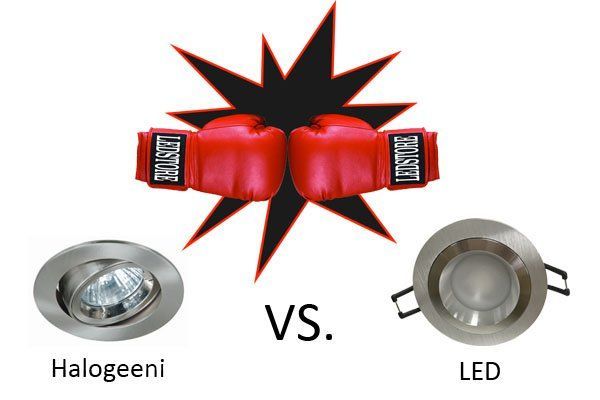
Led or halogen?
Halogen lamp |
LED luminaire |
| Lamp life 2500 hours | Lamp life 50000 hours |
| Age of the lamp 1X | Age of the lamp 25X |
| Lamp temperature 250°C | Lamp temperature max. 50°C |
| Power consumption 50W (5.5X) | Power consumption 9W (1X) |
| Luminous Flux @ 1m 500 Lux | Luminous Flux @ 1m 600 Lux |
| Luminous Eff. 12 lumens/w | Luminous Eff. 90 lumens/w |
| Light colour only one | Light colour Several options |
| Persistence of light hue Poor | Light hue stability Good |
| UV or IR radiation Yes | UV or IR radiation No |
| Heavy metals Yes | Heavy metals No |
| Impact resistant No | Impact resistant Yes |
| Purchase price Cheap | Purchase price Expensive |
| Long-term price Expensive | Long term price Affordable |
